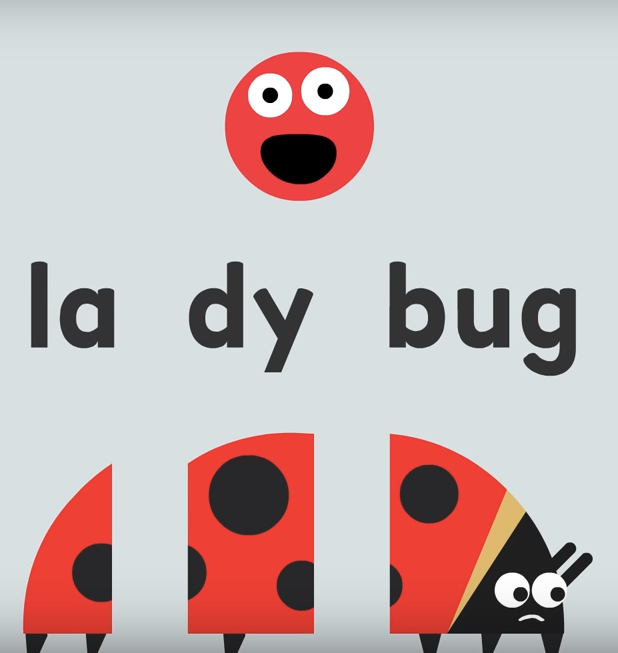Overview of Long and Short Vowels
Hi English Learner,
Thanks for enrolling in this Free Course I want to give you the basics of reading and speaking in American English. When young children learn English in schools, they do it a lot like this. So let's get started.
OK let's talk about language and sounds.
Depending on which language you grew up speaking, the English vowel sounds may seem somewhat "normal" or a little confusing or opposite of what you have been speaking your whole life.
For example, the vowels "i" and "e". How do you say these? You may have to train your brain to recognize these as different sounds than what you are used to - so you don't get confused between "i" (as in "sister") and "e" (as in "beach")
So in each language, there are consonants and vowels. Every word in English has at least one vowel (even with small words like I and a) and any two-letter word has at least one consonant (me, be, it).
Sometimes we call this "phonics", which comes from the word "phone" - to hear (like telephone) - and each "sound" is a "syllable".
So for example, the word "syllable"' has three syllables - syl - la - ble.
See how the word "ladybug" is divided into three parts?? These are the syllables.
Why does this make a difference? Because it affects the way we SAY the word - the pronunciation could change the word from a noun to a verb, or it could be said incorrectly if the syllables are stressed in the wrong way ( LA dy bug not la DY bug....right? :) Now as I said before, each syllable contains vowels and consonants, but we will start with the vowels in this course, and consonants in the next course, because the vowels are most often the ones learners have the most difficulty with.
Now, there are 5 vowels and 10 sounds - so the first question is - is the vowel "long" or "short"?
Here is how to tell - and some examples - Short (like "apple") and Long (like "ape").
First, the short vowels (the first row) are simpler to spell and usually are in a word or syllable by themselves = b-i-t = bit (past tense of bite). This short I sound is said with the mouth barely open - bit rhymes with is, dish, wish, fish.
Second, the long vowels (the second row) follow specific rules, and usually have double vowel sounds, or they have a "silent e" at the end = b-i-t-e = bite. You say this middle sound - "i" like ice. The sound is what it is important, even if the spelling is different in each word! (You will see variations in the homework sheet below).
Just remember - Many spellings = one "sound".
So if you learn the variations of each sound - you can spell and say the words correctly. So let's give some more examples of both long and short vowels with words with the same first sound ("b") - just see how the vowels sound with each word - and words that rhyme (best way to see similarities in sound).
Long Vowels
- A - bait (rhymes with late, weight)
- E - beet (rhymes with feet, wheat)
- I - bite (rhymes with right, lite)
- O - boat (rhymes with coat, note)
- U - boot (rhymes with flute, suit)
- 2nd U - cute - /kyoot/ (rhymes with you, few - has /yoo/ not /oo/)
Do you see the double vowels or the silent e in each word? What are they? (example - "ai" in bait or "e" in bite). Study these and you'll get better at identifying each one.
Short Vowels
- A - bat (rhymes with rat, cat)
- E - bet (rhymes with get, wet)
- I - bit (rhymes with pit, sit)
- O - bot (rhymes with hot, dot)
- U - but (rhymes with cut, what)
What did you think of those words? Easier, right? They have ONE vowel, and there aren't any silent e's.
One more thing - sometimes we use "y" as a vowel in English, and it can be used either as a long "e" sound (as in "baby") or as a long "i" (as in "fly"). We'll discuss these later too.
How can you practice this?
The Phonics Cheat Sheet (below) is a good resource for you to have it all in one place - with notes and color-coding of course.
Download it for your study and make any comments below if you have anything to say or ask - I will answer you directly here, and other students can comment as well. In addition to that - Here's a great resource full of phonics sheets and more - and I will go over each one of these sounds in the upcoming lessons.
This one will show you Long Vowel words and variations in spelling - study and make sentences with these to learn them better.
http://www.theschoolhouse.us/charts/long_vowels.ht...
Want to hear what they sound like?
Listen below on the video as I say each of the "B" words from the lesson above.
Did you learn something new here?
In the rest of the course, I will give you some examples of each sound, along with some clever YouTube videos that I have carefully picked out. These are not for young children, or for boring adults, but fun music-based learning for each lesson.

